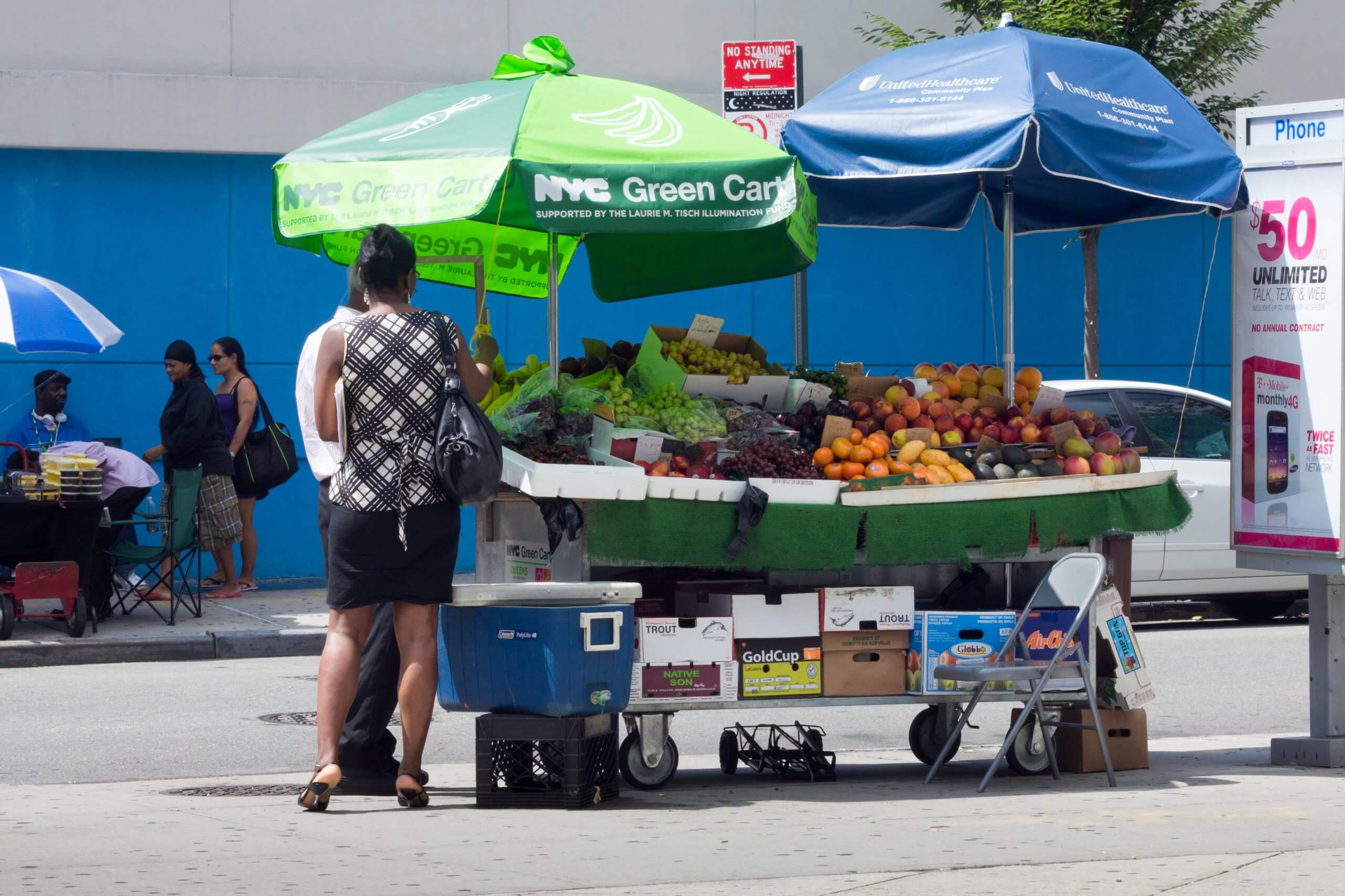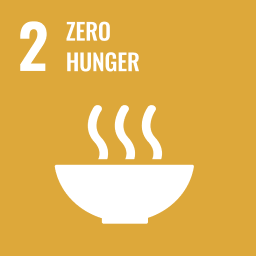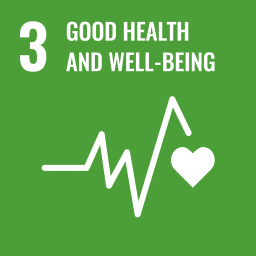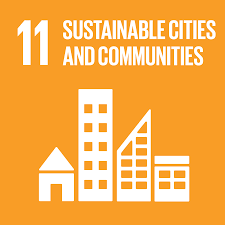The action and its aims
New York City Council set up a new class of permits for ‘Green Cart’ mobile street vendors who sell fresh fruit and vegetables in neighbourhoods of Brooklyn, the Bronx, Manhattan, Queens, and Staten Island where consumption is lowest and that are underserved by supermarkets. The scheme, which was signed into legislation (Local Law 9), aims to increase consumption of healthy food by improving access and availability.
When it was introduced
The Green Cart permit scheme began in 2008.
Why it was needed
It was introduced as part of a wider initiative to address food deserts in New York. In a 2004 Community Health Survey 90% of respondents admitted eating fewer than five portions of fruit and vegetables a day, and 14% said they ate none at all. The survey showed a strong correlation between poor fruit and vegetable consumption and residence in neighbourhoods that are underserved by supermarkets.
Who initiated it, who is involved
The scheme was initiated by then-Mayor Mike Bloomberg and City Council Speaker Christine Quinn; Mayor Bloomberg signed it into law. The Department of Health and Mental Hygiene’s (DOHMH) Bureau of Food Safety & Community Sanitation inspects carts. DOHMH also monitors changes in fruit and vegetable availability and factors contributing to vendors’ commercial success. Non-profit organisation the Illumination Foundation provided a USD1.5m grant for marketing, training business advice to vendors. New York State has also assisted some vendors to allow them to accept electronic welfare payments.
Impacts to date
The scheme has created a demand for fruit and vegetables and prompted other retailers to sell them. Stores selling fruit and vegetables in Green Cart neighborhoods increased from 50% in 2008 to 69% in 2011; those selling more than 10 types increased from 31% to 38%.



